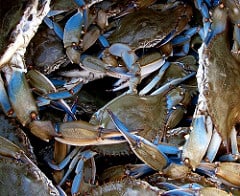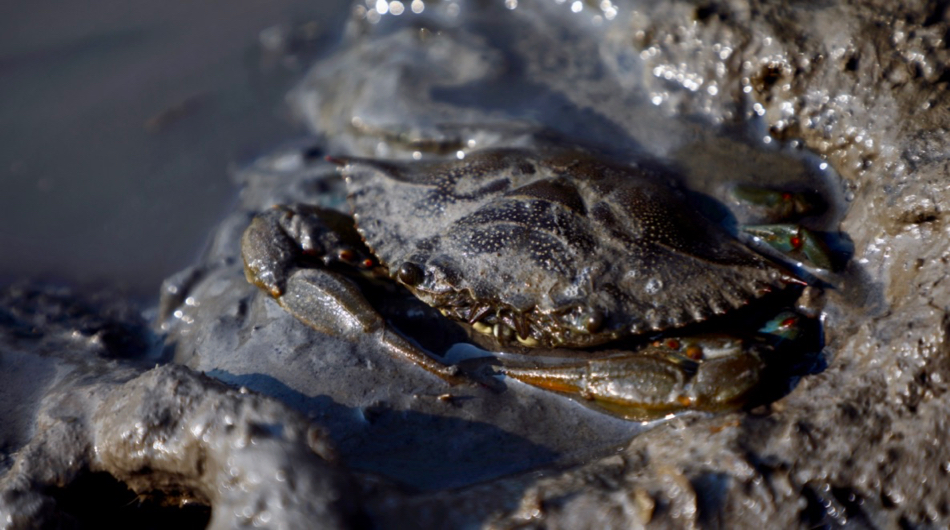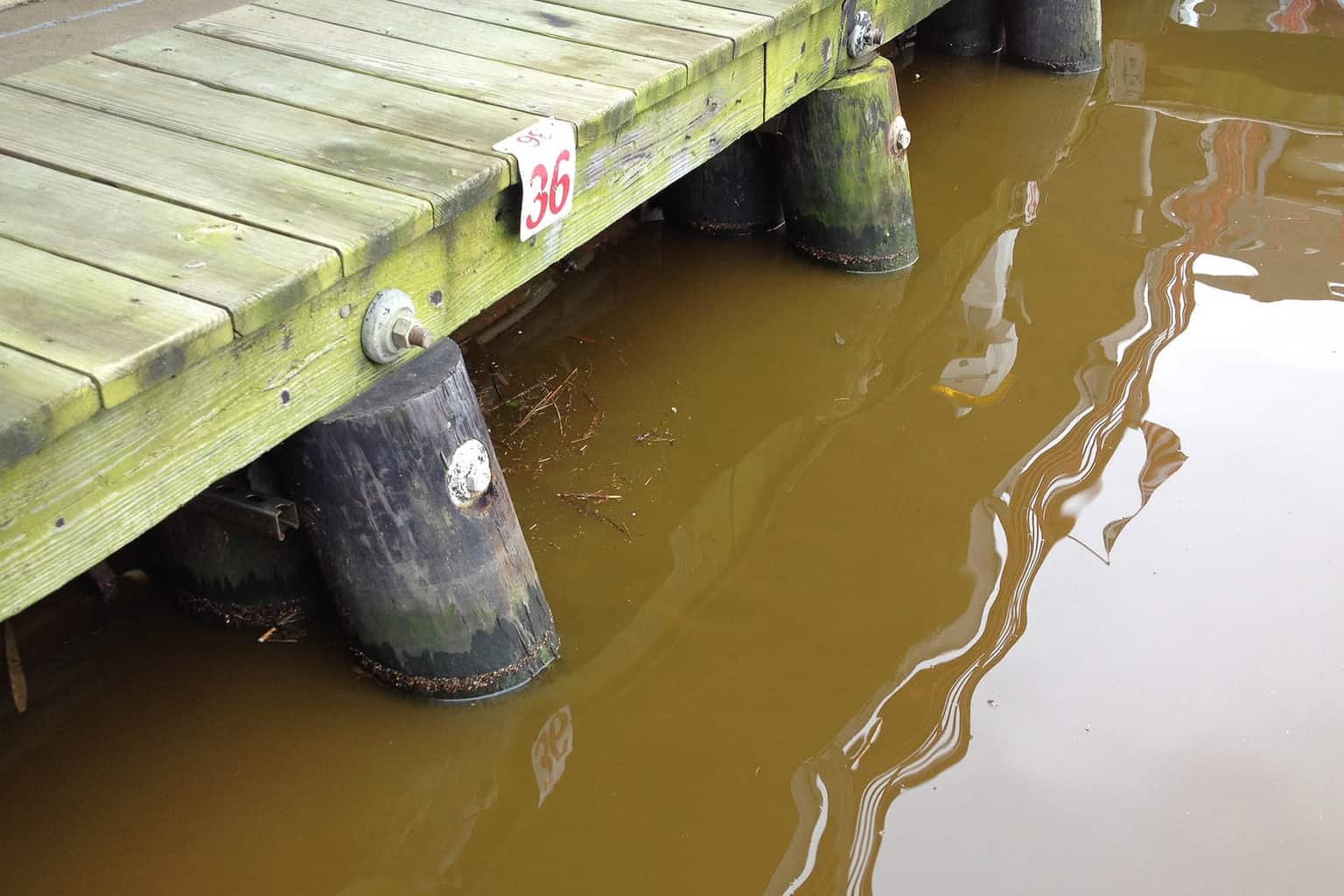The Chesapeake Bay Program has released its annual Blue Crab Advisory Report, and it finds the blue crab population fell almost 18 percent since last year. But the population isn’t depleted, and crabs are not being overfished in the Bay.
The overall crab population dropped from 455 million in 2017 to 372 million in 2018. The female population is of concern– at 147 million, it’s well below the target of 215 million. But last year, only 21 percent of females were harvested. That’s safely within the target limit of 25.5 percent. Females hold the key to the success of the species, the report explains.
The report does not recommend making any changes to fishing regulations.
“Blue crab populations naturally can vary widely from year to year, based on weather, water temperature and other conditions,” it reads.
The blue crab fishery in the Chesapeake Bay is managed by the Maryland Department of Natural Resources, Virginia Marine Resources Commission and Potomac River Fisheries Commission.
There is some good news in the report: juvenile crabs, which will grow to be harvestable size this fall, saw a 34 percent increase from 2017 to 2018.
“Despite the harsh winter and last year’s poor recruitment, the abundance of spawning-aged females, although down from last year, remained at a reasonably healthy level. The abundance of juveniles improved from 2017, but was below the long-term average and remains an area of concern,” says Glenn Davis, Maryland Department of Natural Resources and Chair of the Chesapeake Bay Stock Assessment Committee.
So what should be done about the population decrease? The report recommends maintaining a cautious approach in 2018, even though it’s not calling for any changes to catch limits. The report urges jurisdictions to keep commercial and recreational crabbers accountable for what they catch, to allow for a more accurate count in the future.
The Chesapeake Bay Foundation weighed in on the report’s findings. In a statement, interim Environmental Protection and Restoration Vice President Alison Prost said:
“With water quality improving and underwater grasses at record levels, CBF is hopeful that continued conservative management and improved habitat conditions will lead to positive benefits for both crabs and crabbers. As recommended by the CBSAC report, we hope management jurisdictions will work to maintain the status quo for harvest during the upcoming crabbing season.”
-Meg Walburn Viviano




